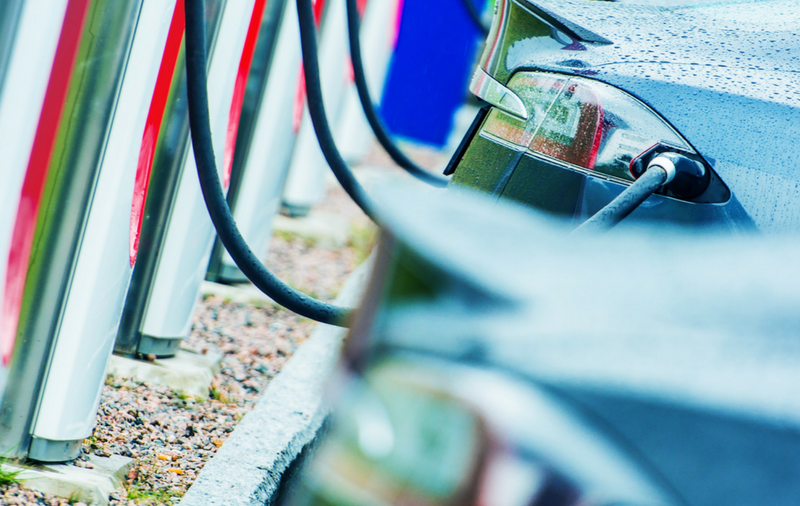Only during the GFC in March 2009, were new car sales lower than in March 2020. Now April 2020 figures are only half what they were in April 2019. The car industry is under pressure, but how does this affect electric vehicles (EVs)? Is this segment bucking the trend or will EVs continue to take a back seat?
Car industry under pressure
Carmakers are already dealing with weak sales, quarantine measures and strict European emissions standards. They claim they don’t have the funds to continue to support EVs without more compelling consumer demand for them. EVs are already expensive to produce and their profit margins are very slim. In fact, Volkswagen has said it will be “impossibly expensive” to make cheaper cars like the Polo, by 2030.
Globally, sales of EVs rose 9% from 2018 to 2019. This compares with buoyant growth rates of 46-69% in the previous 6 years. During 2019, in:
- USA, sales of EVs fell 12%
- China, demand and supply crashed because of more stringent regulations and reduction of subsidies
- Japan, sales of EVs fell 17%
- Europe, EV sales grew 44%.
These figures were sluggish everywhere, except in Europe, before the coronavirus crisis hit. What about sales and market share in Australia?
Sales and market share
During 2019, we bought 12,500 EVs and plug-in hybrid EVs (PHEVs), which is a tiny 1.2% of the whole market. PHEVs or plug-ins have smaller engines and rely on large batteries as the main source of power.
Regular hybrids took a bigger share – 7.6% of all passenger and SUV sales. Australians are more familiar with regular hybrids, where the motor is the main source of power, braking charges the battery and you don’t need to plug it in.
According to Federal Chamber of Automotive Industries, sales of:
- EVs and PHEVs were 6,718 in 2019, triple those in 2018
- Light commercial EV and PHEVs doubled
- Regular hybrids tripled in the year to March 2020, thanks to Toyota RAV4 hybrid
- EV and PHEV Sports Utility Vehicles fell.
Tesla does not report its sales but sold around 1,100 in 2019. Taking only half Tesla’s volume of sales is Hyundai with the Kona (400) and Ioniq (116). These are still low figures, the industry is under pressure, and all increases come from a very low base.
Consumer preferences
Buyers still prefer petrol or diesel vehicles and if not, they choose hybrids, whether PHEV or regular. Few buyers are choosing pure EVs.
The NSW government’s Net Zero policy is designed to encourage EV uptake and public chargers. Currently there are only 400 public charging points in the state and nearly a third of households have no off-street parking where they can charge a car.
The government claims an EV will cost the same as a traditional vehicle from 2024. Until then, EV models are too expensive. While buying an EV can save about $1,300 per year on fuel and around $300 on annual maintenance, you have to spend at least $45,000 first.
However, encouraging fleets to buy EVs should put affordable secondhand models on the market in 3 to 5 years.
Meanwhile, fuel is relatively cheap and Australia is the only OECD country without fuel efficiency standards. The Federal Chamber of Automotive Industries is pushing for a CO2 emissions standard that is “realistic, achievable and market-relevant”. By this it means two separate CO2 targets that consider Australian preferences: one for SUVs and light commercials and one for passenger cars.
It is hard to imagine Australians flocking to buy EVs anytime soon.
See our blog, Do you want to buy a car?


your opinion matters: